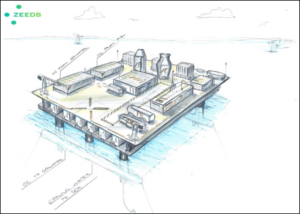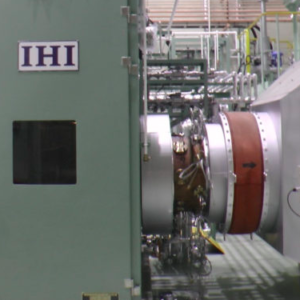Japan Advances SOFCs for the Built Environment
A steady stream of Japanese news reports over the last several months attest to the country’s progress in deploying fuel cells in the built environment. Dubbed “Ene-Farms,” the appliances function as micro-scale combined heat and power units, providing electricity as well as heat for domestic applications. Most of the Ene-Farms deployed so far feature proton-exchange membrane (PEM) technology (which requires high-purity hydrogen). However, two recent developments show that solid oxide fuel cell (SOFC) technology (well suited for ammonia) could play a role, maybe even a large role, in Japan's Hydrogen Society.







